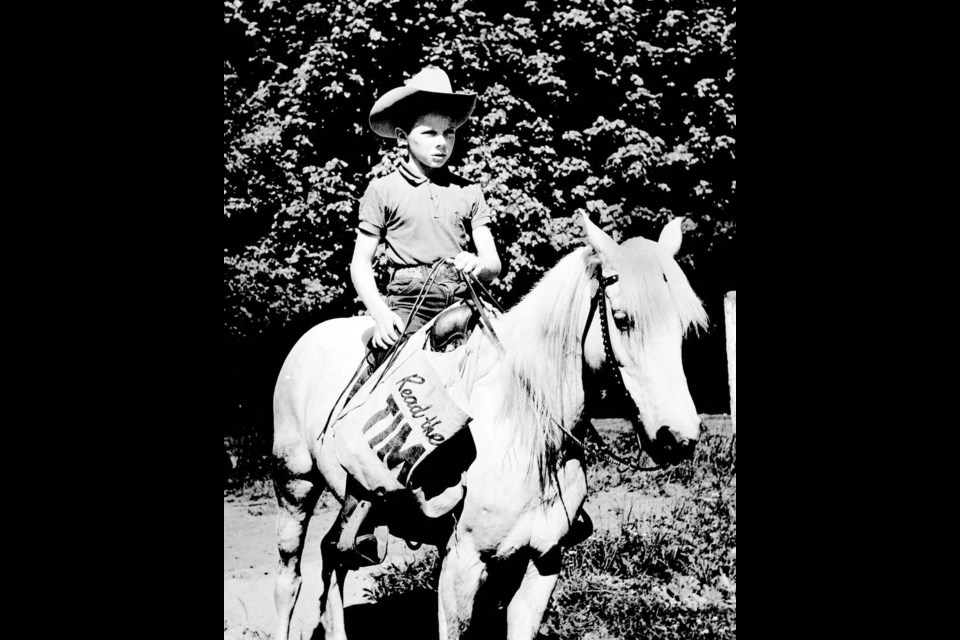On Monday, June 9, 1884, a new newspaper arrived on Vancouver Island. It was the Victoria Daily Times, the creation of three local businessmen who were active in politics with the Liberal party.
The three — John Grant, Robert Beaven, and Dr. George Lawson Milne — believed that the dominant local newspaper, the Daily Colonist, was too conservative in its editorials, and they wanted to ensure that other views made it into print.
Over the years, the Times reported on thousands of news events, and like the Colonist is a primary source of information on the recent history of Vancouver Island. That history has become more accessible than ever before, thanks to the digitization of the first 56 years of editions of the Times.
The project, led by the University of Victoria with funding from the Irving K. Barber B.C. History Digitization Program, has put 13,284 issues of the Times online, with free access to all users. The collection includes every issue from the start of the newspaper to the first year of the Second World War. There are 246,448 pages in all.
The project is similar to the one done with the old Daily Colonist, which is also available for free. That work was inspired by a conversation over lunch one day in 2007, when John Lutz and Patrick Dunae of UVic’s history department and I met to consider ways that the Times Colonist could celebrate its 150 years of history.
The idea at the start was simple: To put the first five years of the old British Colonist online. But the idea grew, more funding partners were found, and by 2018, the entire run of the Colonist from December 1858 to August 1980 was digitized and on the internet.
“The University of Victoria Libraries receive many requests for local, historical newspaper content,” says Lisa Goddard, the associate university librarian who looks after digital scholarship and strategy.
“Newspapers are an incredibly rich source of information because they cover every aspect of daily life, and they are written for a popular audience.
“Newspapers can be used to understand the past by everyone from elementary students to university professors.”
UVic has a large collection of newspapers on microfilm, which at one time was leading-edge technology. Today, digitization offers access that would have been unimaginable a generation ago. These old newspapers can be read by anyone with an internet connection, and searched by word.
Many stories that have been long forgotten can now be found, which is a great help to researchers but also might be uncomfortable for some family members when the find out what their grandparents were up to.
The UVic library has been working to get more newspapers digitized and online, and after the Colonist work was done, the Times became a top priority.
UVic sent 213 reels of Daily Times microfilm to Canadiana, a company that specializes in the digitization of microfilm. It took them a couple of months to create searchable PDF versions of all issues from 1884 to 1940.
These issues were then uploaded to the Internet Archive where they are searchable, and freely available.
Some final words from Goddard:
“Historic issues of the British Colonist and the Daily Times newspapers are accessed by people from around the world, and are particularly popular with our local community, including authors, genealogists, historians, and students.”



